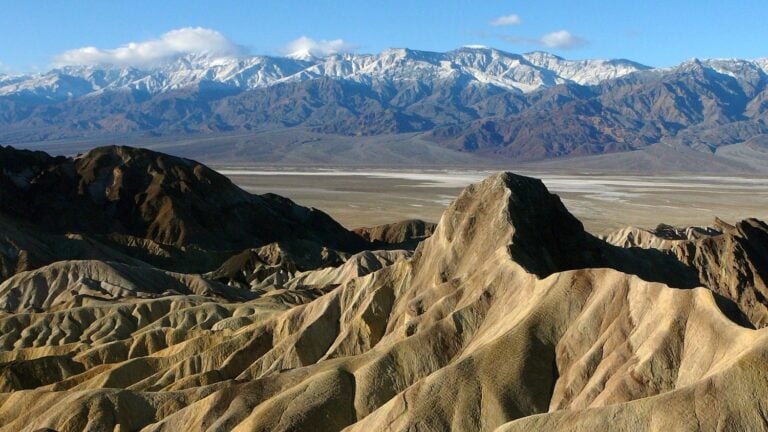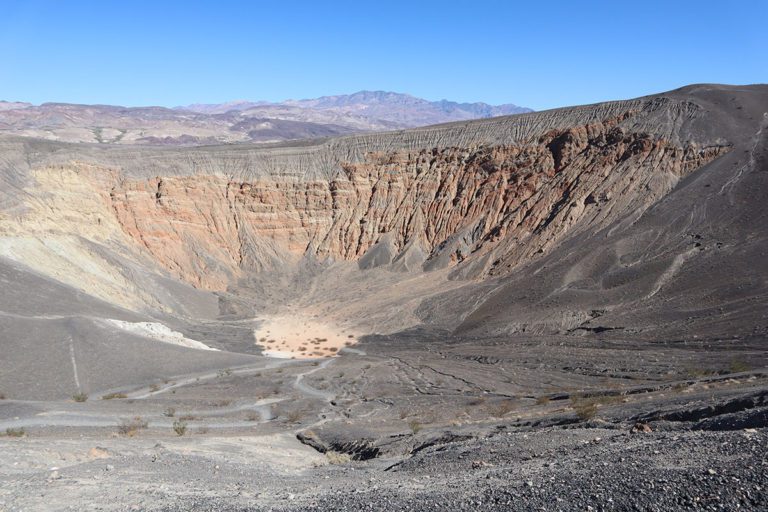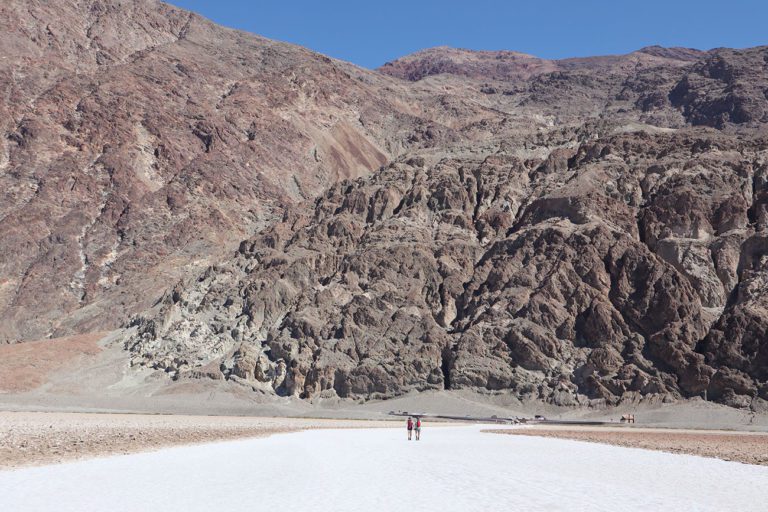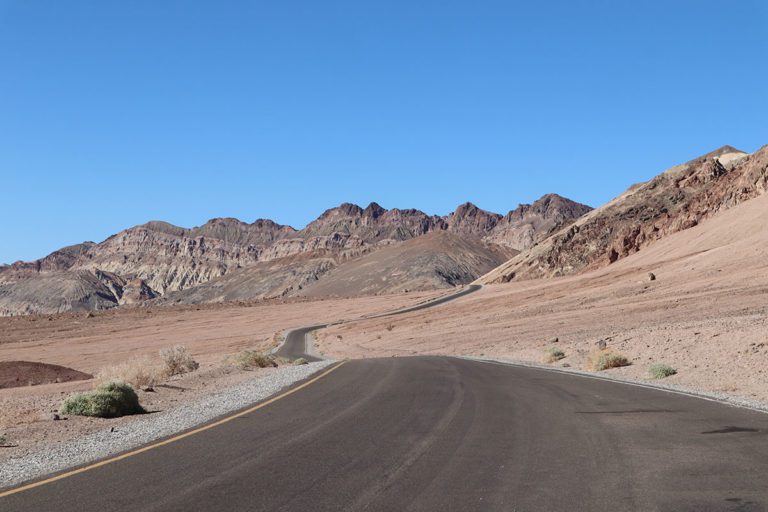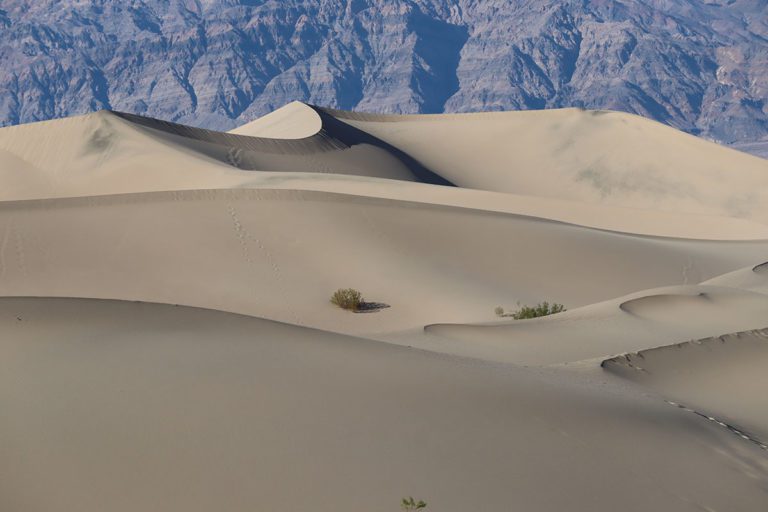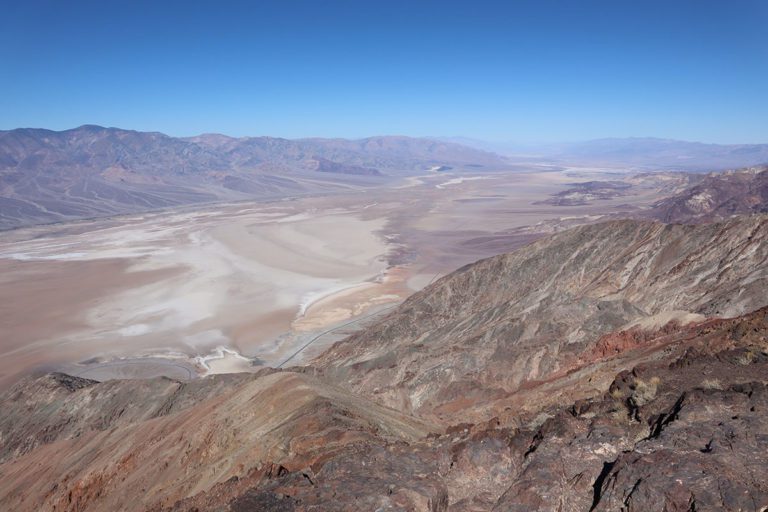Generally speaking, the best time to visit Death Valley is during the spring, followed by fall. Here’s what you can expect during each season at Death Valley.
Winter: the days are pleasantly warm but the nights are very cold so pack accordingly. The short winter days mean less daytime sightseeing which may justify overnighting inside the park. The occasional rainfall might cause flash flooding so stay cautious and alert.
Spring: the days are getting longer and daytime temperatures are still manageable. If winter has brought rainfall this year, flowers and wildlife will make you question Death Valley’s name
Summer: it now seems that Death Valley’s name does it justice. Daytime temperatures are extreme (to say the least) and the night brings little relief. That said, the days are long so if you can handle the heat, there’s a lot of ground that can be covered. When visiting Death Valley during the summer, you must be well-prepared and exercise extreme caution.
Fall: average daytime temperatures are beginning to decrease but it’s still very hot. This is a great time to visit Death Valley, though very little flora has managed to survive the scorching summer.
